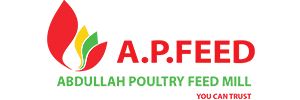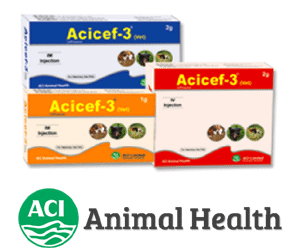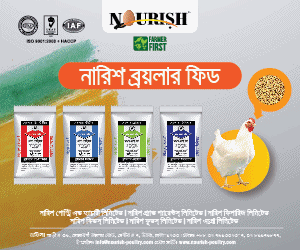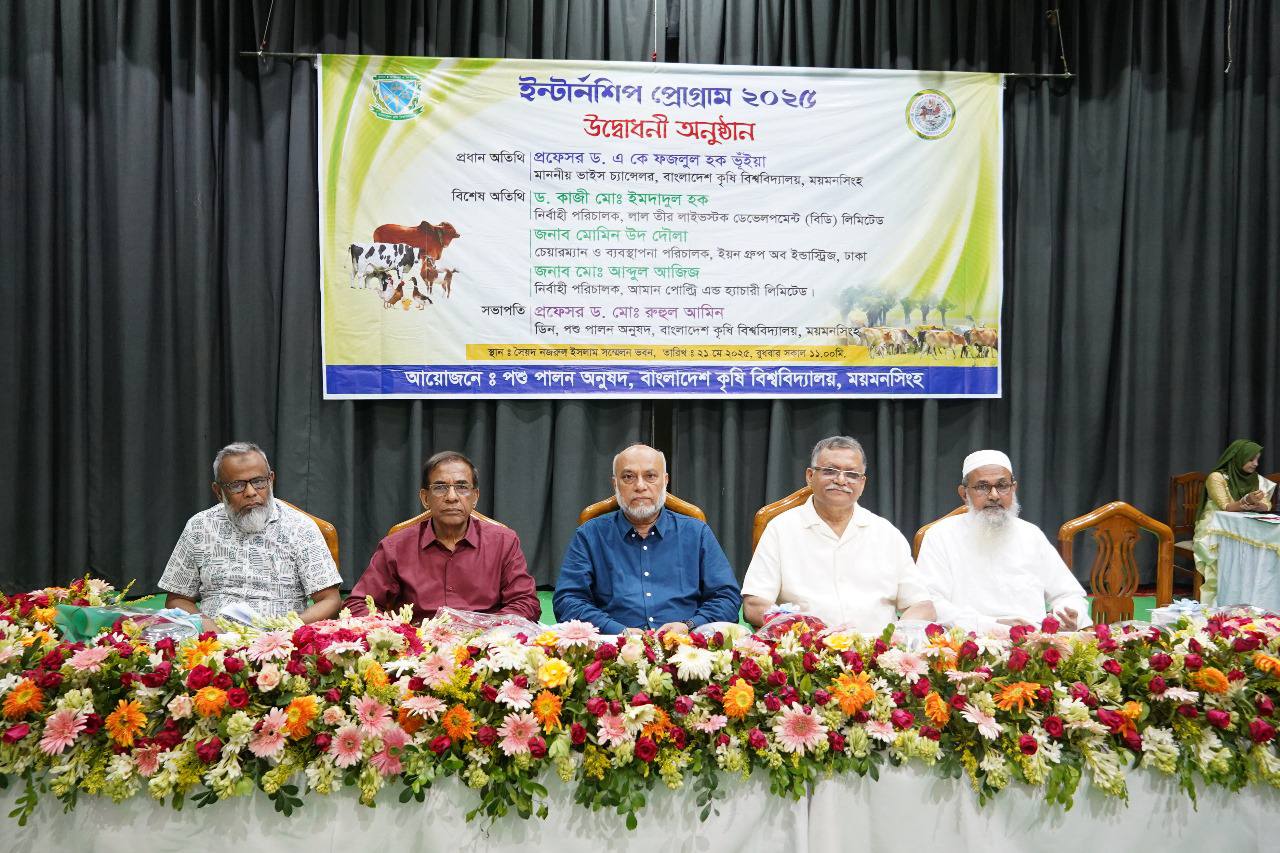Viruses in Animal Feed Need More Attention
পোলট্রি
Animal feed is a part of the food chain and has an impact on both the health and welfare of animals as well as the safety of human food. This article lists possible suggestions to prevent the spread of viruses by feed.
Many hazards may contribute to contaminated feed. Hazards are categorized as biological, chemical or physical. Bacteria, moulds, viruses, prions and parasites are examples of biological hazards. In fact, feed could be a possible source of this type of hazard and special attention has been paid to pathogenic bacteria. Many articles have been published and manufacturing procedures developed related to the control of salmonella as a zoonosis bacterium in feed which is responsible for causing feed/foodborne illness of animals and humans. Bacteria as live organisms can also replicate in feed.
Viruses can potentially exist in feed but they cannot reproduce by themselves. They can only multiply in a suitable host and not in the feed, thus for many years, viral contamination of feed has not been given a lot of attention in feed quality and safety management systems. However, feed is a potential vector to spread viruses to animals and humans. Global feed production is more than 1.1 billion tons annually and many consignments of feeds are transferred from one continent to another by trans-oceanic shipping.
In recent years, many viral diseases outbreaks have infected livestock and other animals. Foot and mouth disease (FMD), Newcastle disease, Avian influenza, Porcine epidemic diarrhoea (PED) and African swine fever (ASF) are recent instances of viral diseases in livestock. Many of the viral diseases do not infect humans but will affect the health of livestock, food supply chain and international trade.
One of the main potential routes of spreading viral diseases in animals within the borders of countries is the transit of live animals. When there is a viral disease outbreak, severe quarantine tasks are implemented preventing the transit of live animals to control animal diseases within the borders. However, these severe controls have not been implemented for feed in the same manner. Many of the viruses responsible for animal diseases are stable in feed and feed ingredients, even during long distance transportation.
Suggestions to prevent the spread of viruses through feed:
- Measures should be taken to prevent contamination from infected areas to the clean areas.
- Measures to prevent the spread of viruses should be considered in national and international policies, biosecurity protocols for farms and feed mills and feed quality management systems.
- Early warning systems for infected areas and countries should be considered.
- More awareness and attention should be given to potentially virus infected feed by government authorities for products that are internationally traded.
- Suppliers of feeds and feed ingredients should consider the health status of the origin country or region along with price and nutritional value.
- Feed manufacturers should buy feed ingredients from non-infected areas.
- Bans on imported feed and ingredients from infected areas and countries should be considered by governments.
- The use of potential anti-virus treatments in the manufacturing of feeds and feed ingredients such as chemical treatments (feed additives such as organic acids, fatty acids and essential oils), thermal treatments and legal fumigants to reduce or eliminate viruses should be considered.
- Potentially infected materials should be kept quarantined prior to use to overcome the survival time of livestock pathogens, where possible.
- Feed safety management systems, feed safety policies and biosecurity plans of feed mills and livestock farms should include risk mitigation protocols for viruses potentially transmitted in feedstuffs.
- Virus survival time in feeds and feed ingredients are different and some feedstuffs are more high-risk. Products should be evaluated based upon risk and used in risk ranking models.
- Vehicles that transport feed from feed mills to livestock farms are subjected to virus infection and should be cleaned and disinfected by effective methods between deliveries.
- Appropriate methods of sampling and rapid detection of important viruses should be used in international trade of feed.
















